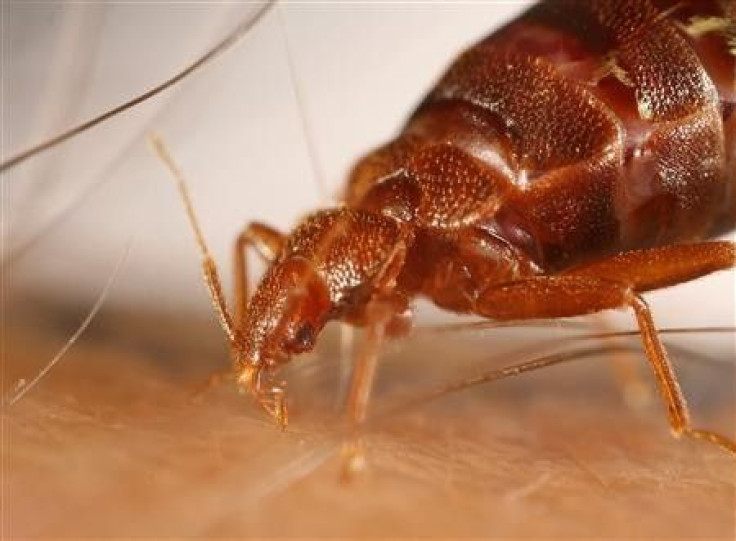New Insect Trap Prevents Bed Bug Infestation

Bedbug infestations can be detected and eradicated even at the earliest stages with the new insect trap or pheromone developed by scientists at Simon Frasier University. A thorough five-year study was conducted to identify the agent or substance that would lure and trap bedbug aggregates effectively. The chemical attractants' efficacy was tested on bedbug-infested homes in Vancouver. After several effective trials, the researchers continue to improve the set of pheromones and hope that it would be commercially available by 2015.
Biology professor Gerhard Gries and his wife, Regine, also an SFU biologist, have dedicated their efforts to the success of this research. With the help of some students and Robert Britton, a chemist at the same academe, the researchers were able to identify the chemical substance needed to bait the bugs so they could be exterminated effectively. According to Professor Gries, it has always been difficult to detect early stages of infestation. This newly developed pheromone would help property owners and pest control specialists spot these quiet and adept bugs.
Gries is internationally well-known for his work in Multimodal Animal Communication Ecology. His search for the pheromone to bait bedbugs started eight years ago. Regine is his research associate and has become the host who endured 180,000 bedbug bites for the past five years. Unlike her husband, Ms Gries has resistance to the bites. During the initial lab experiments, they were able to identify a pheromone that lures bedbugs. However, the substance does not have the same effect when it was tested in bedbug-infested areas.
Thus, the duo collaborated with Britton to identify the missing component, but it took the team two years before they could come up with another lead. They found that bedbugs stay still when they come in contact with histamine, a substance produced by the human body. However, the team was again frustrated when the new pheromone failed to attract the insects when it was tested in bug-infested apartments. Ms Gries was determined to find the missing components and she continued analysing compounds from bedbugs, including their waste. Within several months and after 35 experiments, three more compounds were discovered in addition to the ones revealed earlier. The team finally managed to create a powerful chemical attractant that could trap bedbugs.
The research, which was funded by the Natural Sciences and Engineering Research Council of Canada, is in its final phase. The scientists are in constant coordination with Contech Enterprises, a company that sells environment-friendly products, to finalise the formulation of the pheromone so it would be manufactured soon. Regine Gries does not mind enduring all the bites as long as the technology to eradicate this blood-sucking pests is out soon.
To contact the writer, email: jm_panganiban@IBTimes.com.au






